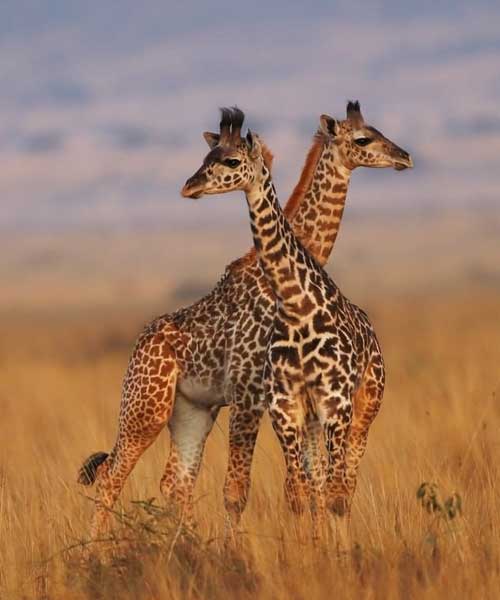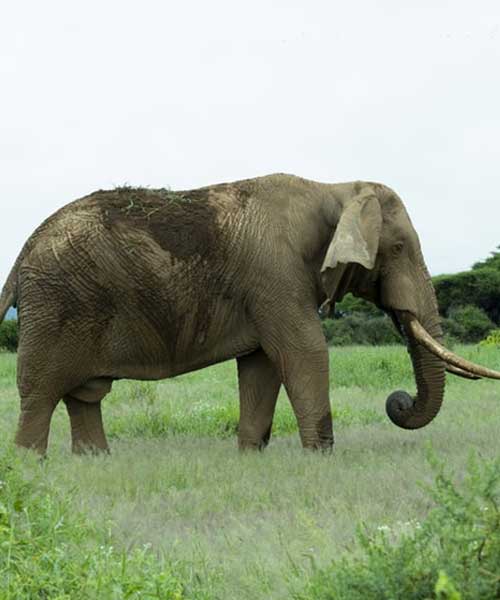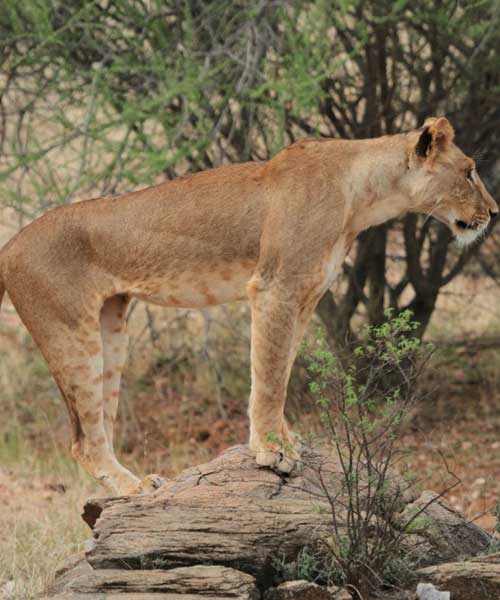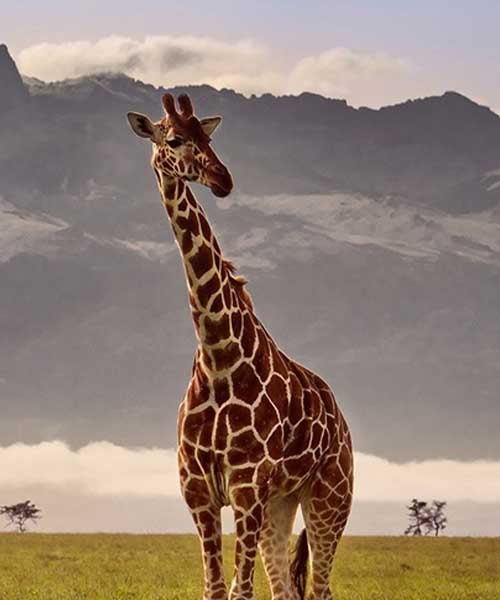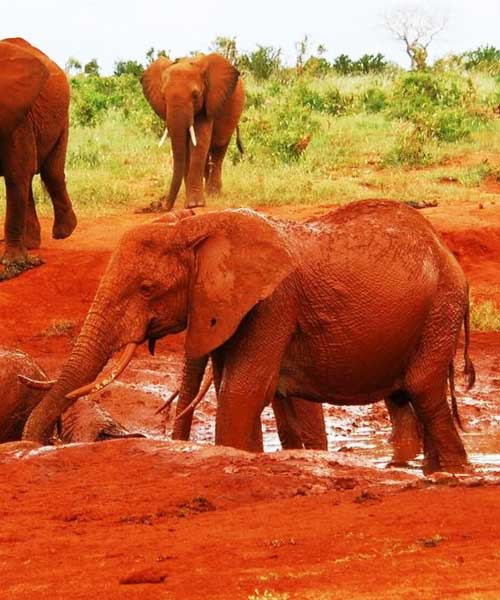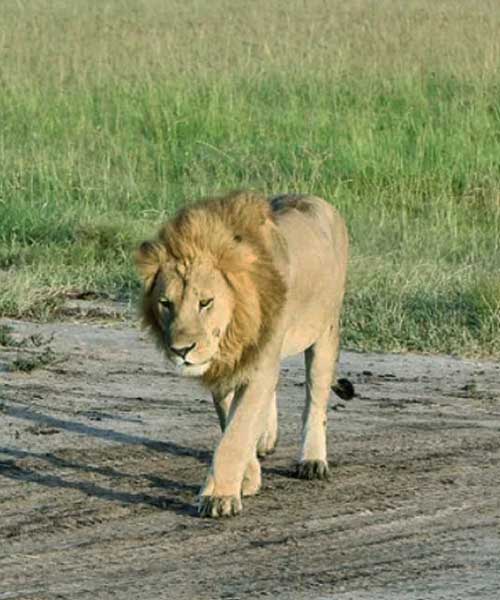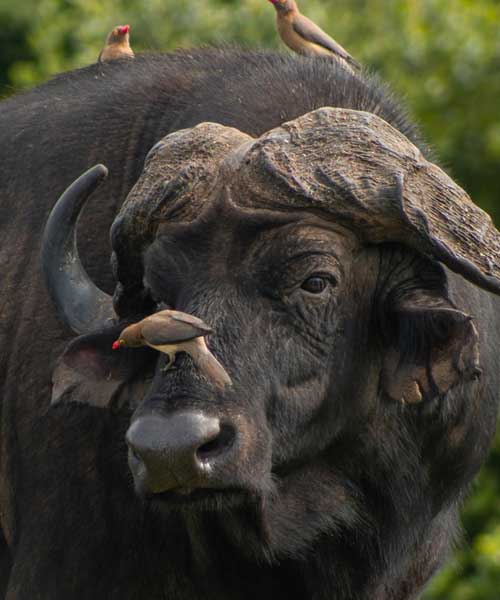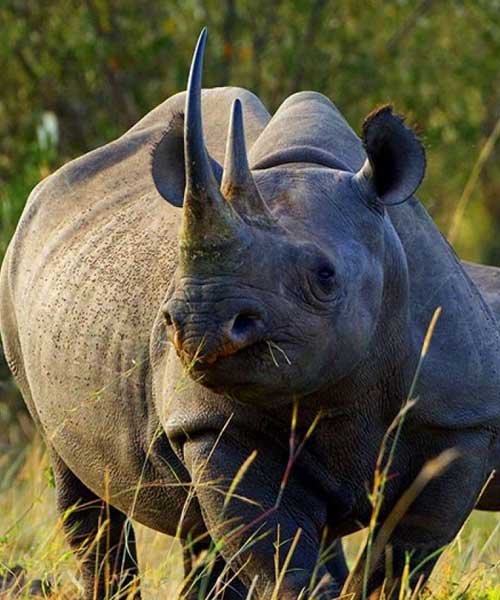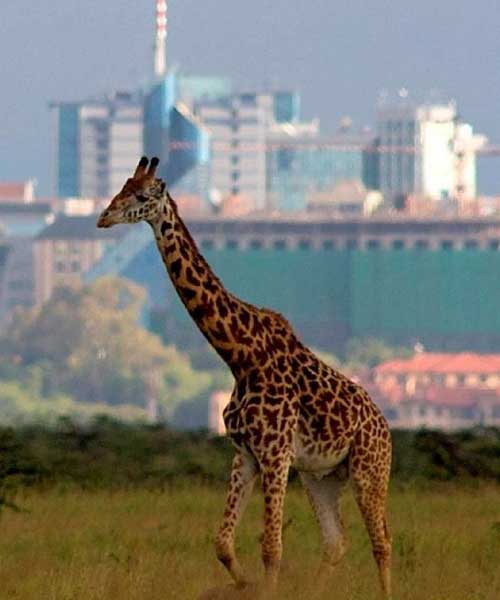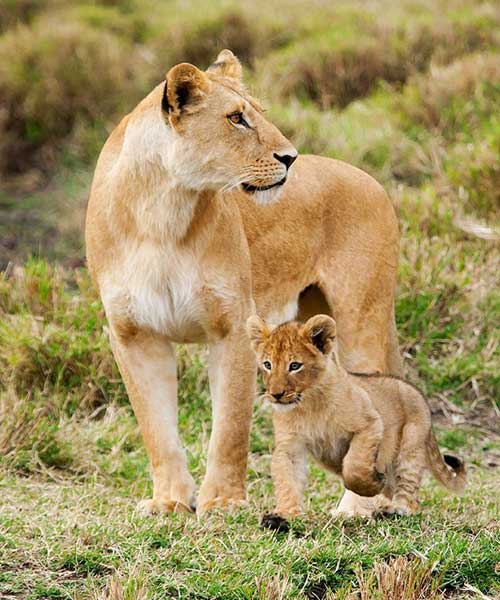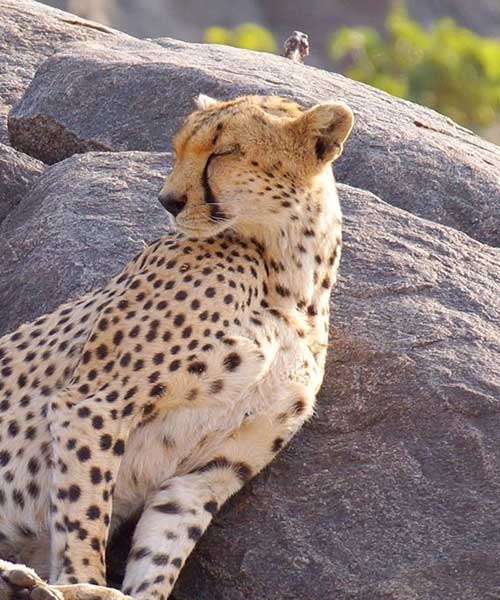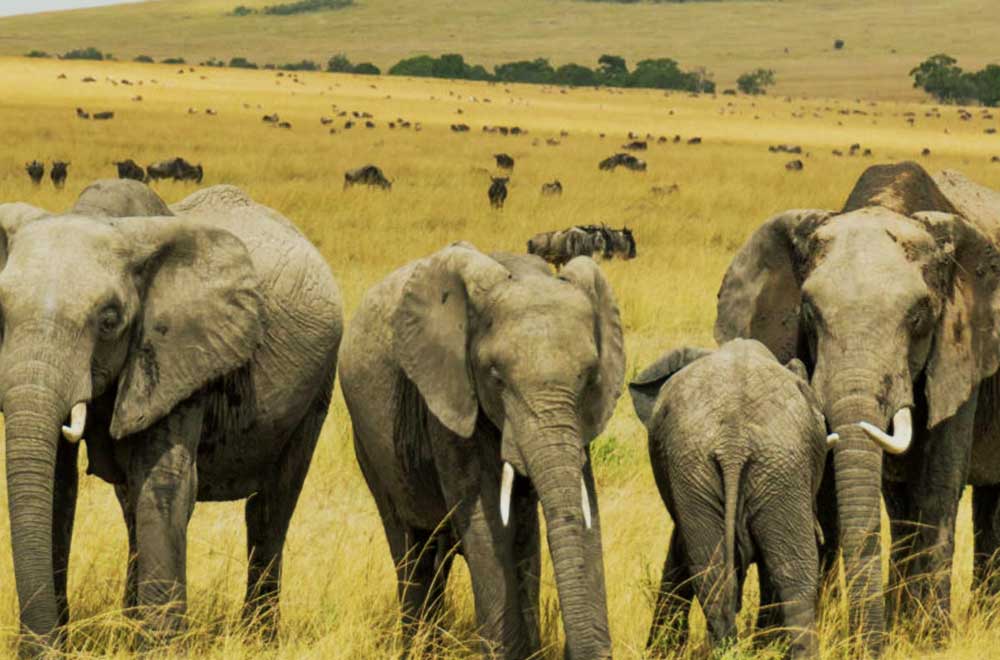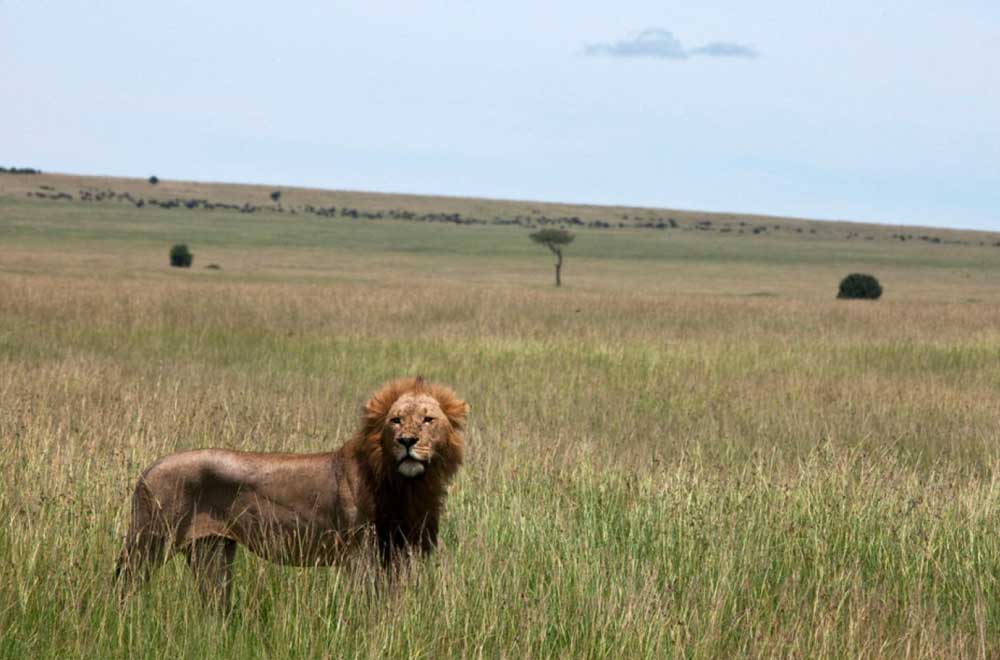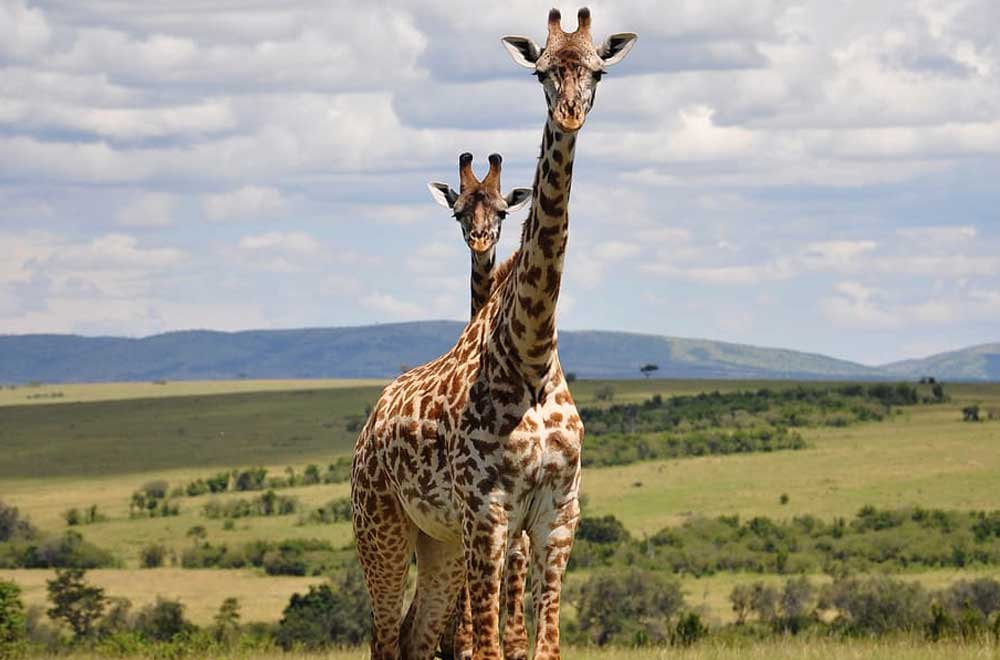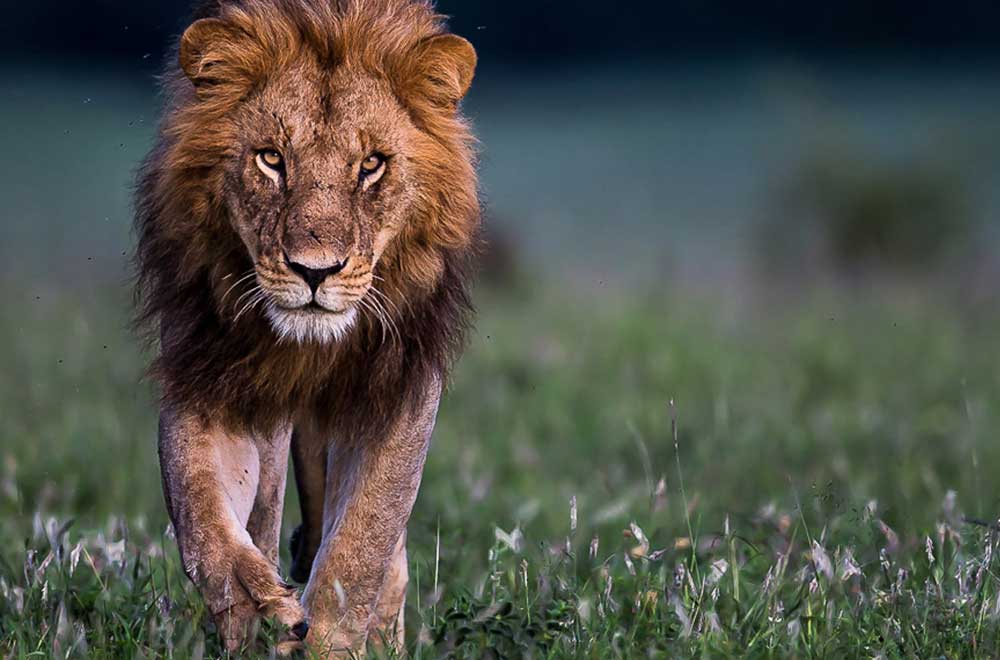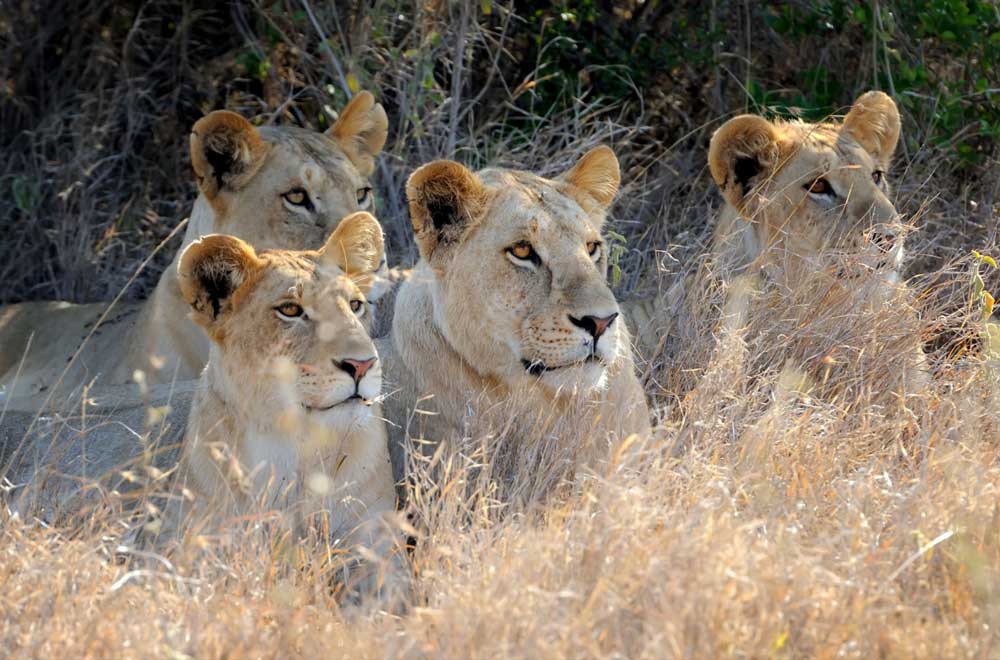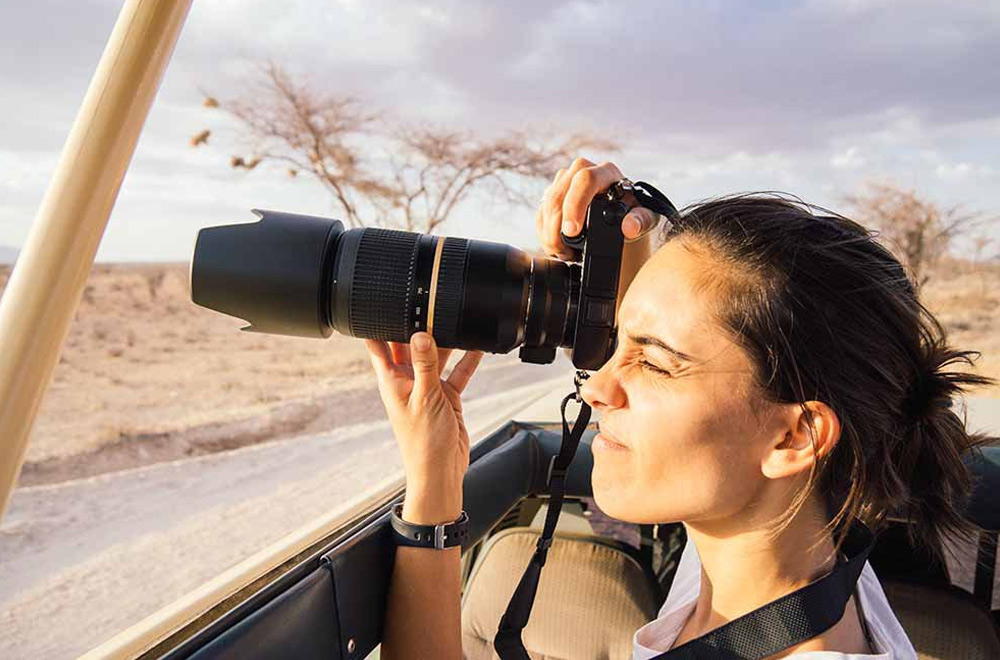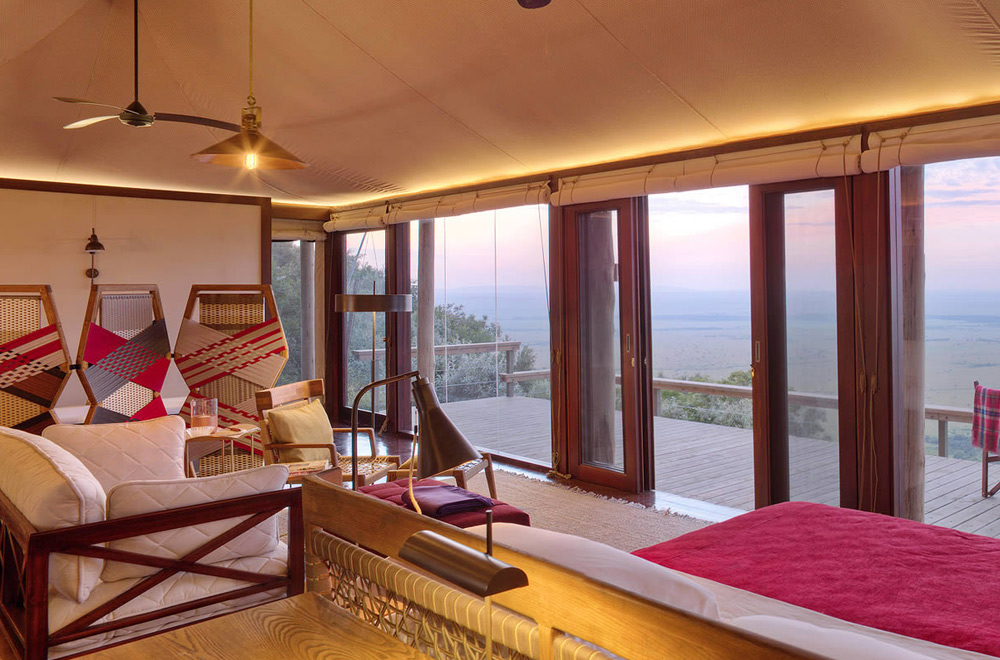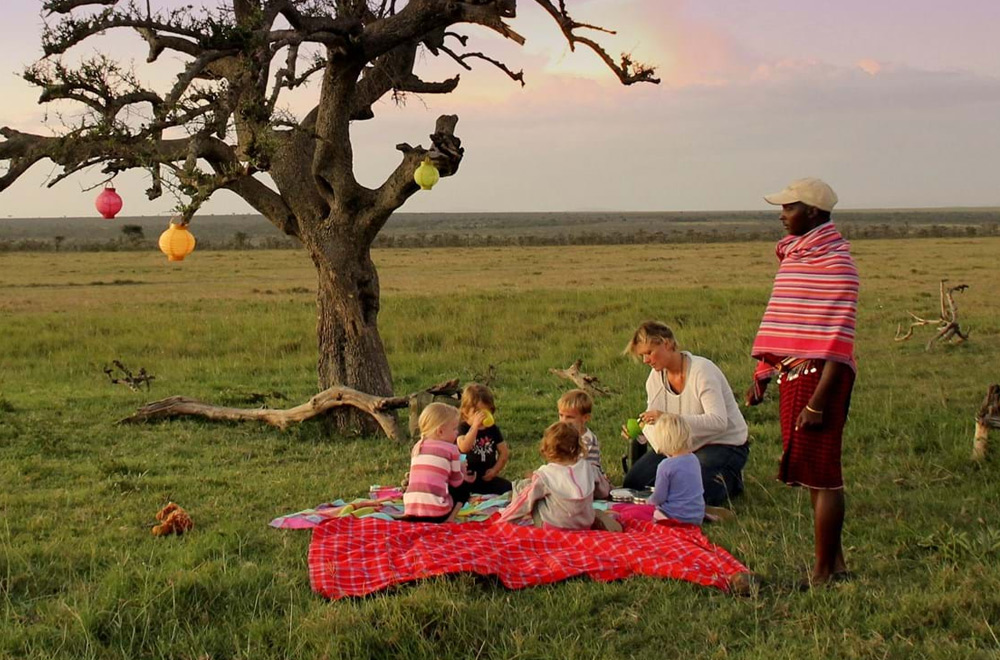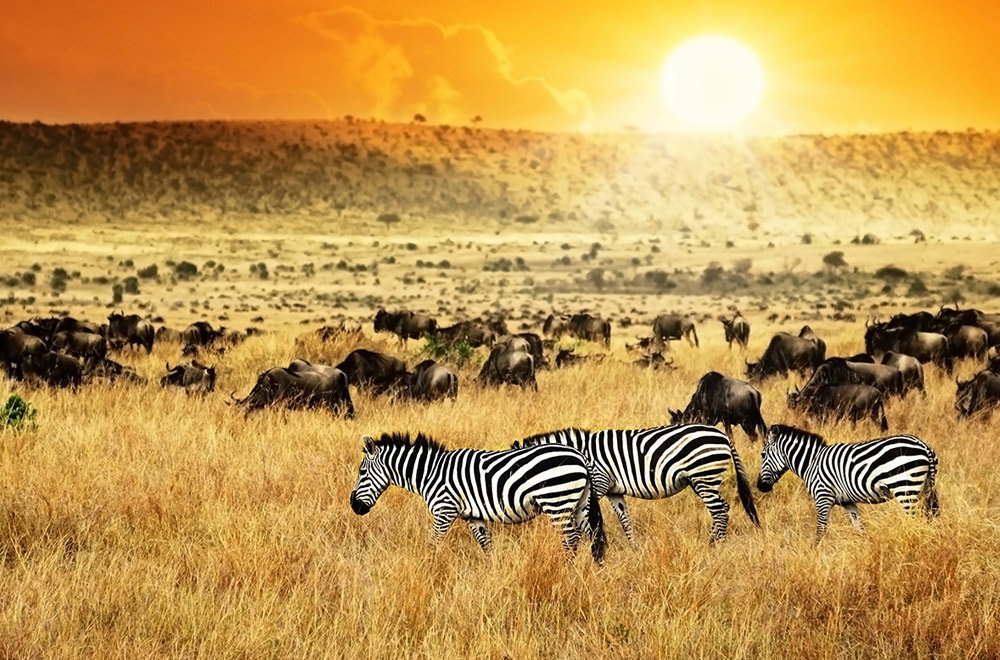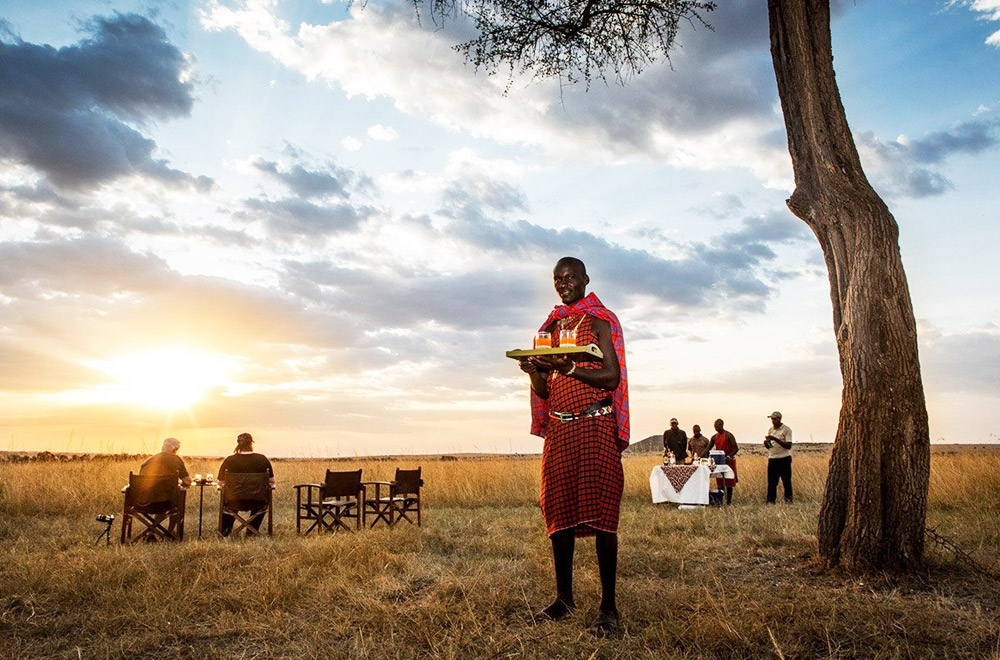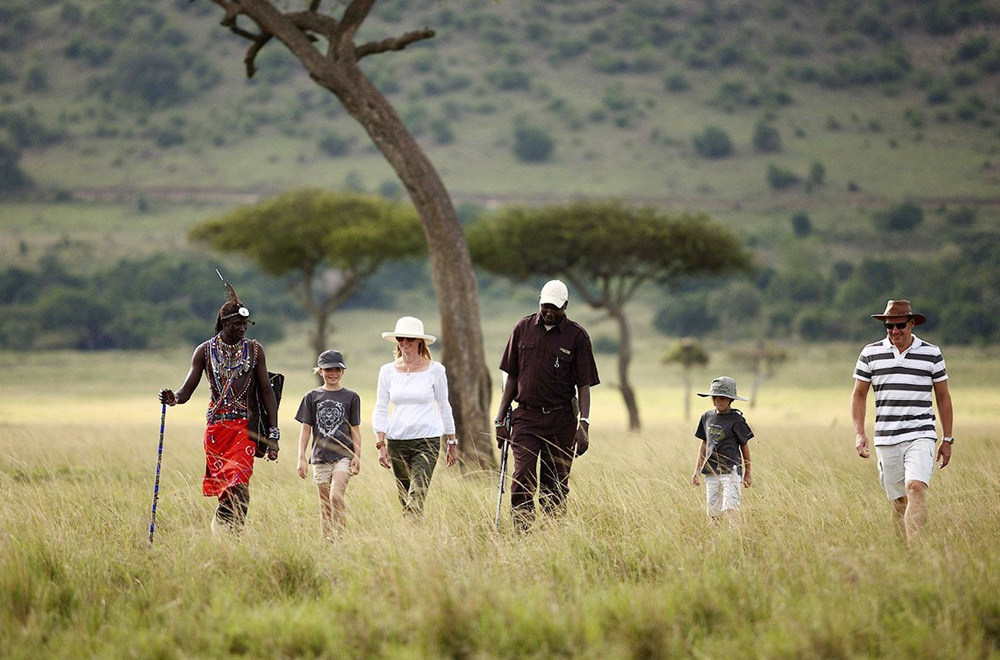Masai Mara National Reserve Overview
The Masai Mara National Reserve is one of Africa’s most iconic safari destinations, famous for its Big Five wildlife — lions, leopards, elephants, rhinos and buffalo — as well as the legendary Great Wildebeest Migration that moves between Tanzania’s Serengeti National Park and Kenya’s Mara plains each year.
Named after the Maasai people, who have lived in harmony with nature for centuries, the word “Mara” means “spotted” — describing the vast plains dotted with acacia trees and wildlife herds. Covering 1,510 km² in southwestern Kenya, the reserve borders the Serengeti to the south and Maasai community lands to the north and east, forming part of the greater Serengeti–Mara ecosystem.
Between June and October, the Great Migration reaches its dramatic peak. Over two million wildebeest, zebras and gazelles cross the crocodile-filled Mara and Talek Rivers — one of nature’s most awe-inspiring events. To enjoy this spectacle in comfort, we recommend staying in one of the private conservancies surrounding the main reserve, offering quieter game drives and more intimate wildlife encounters.
The Mara’s Private Conservancies have transformed Maasai-owned land into thriving eco-tourism sanctuaries. Local landowners receive fair lease payments while wildlife populations flourish, creating a powerful balance between conservation and community livelihood. These conservancies also offer activities not permitted in the main reserve — such as night drives, walking safaris, and off-road photography.
The Mara Naboisho Conservancy
Meaning “coming together,” Naboisho spans 200 km² and supports one of the densest lion populations in the Mara. It’s home to the Koiyaki Guiding School and offers superb game viewing with limited tourism numbers and community-owned camps.
The Mara North Conservancy
Established in 2009, this 300 km² conservancy connects directly to the northern boundary of the reserve. It includes the famous Leopard Gorge and provides a crucial wildlife corridor between the Serengeti and the Mara. Over 800 Maasai families lease their land here, ensuring direct community benefit.
Olare Motorogi Conservancy
Known for outstanding predator sightings and sustainable tourism, Olare Motorogi limits visitor density to just 12 tents per camp. Guests enjoy vast private game-viewing areas, night drives, and walking safaris — some of the best in Kenya.
Ol Derikesi Conservancy
Located in the far southeastern corner near the Tanzania border, Ol Derikesi is home to the historic Cottar’s 1920s Safari Camp, offering timeless luxury and stunning views over the Serengeti Plains.
Lemek and Ol Chorro Conservancies
These northern conservancies feature lush valleys, seasonal creeks, and open grasslands ideal for photographic safaris. They offer exceptional value with smaller, family-run camps reminiscent of classic “Out of Africa” landscapes.
Masai Mara Map & Location
About Masai Mara National Reserve
Area
137 km²
Visitors
66,808
Weather
Hot
Establish
1960
Review
500
Rating
4.5 / 5
Talk to someone who has been there
Tell us what you are looking for in a travel experience and let us do the hard work for you. The best travel experiences are ones that are tailored to you.



